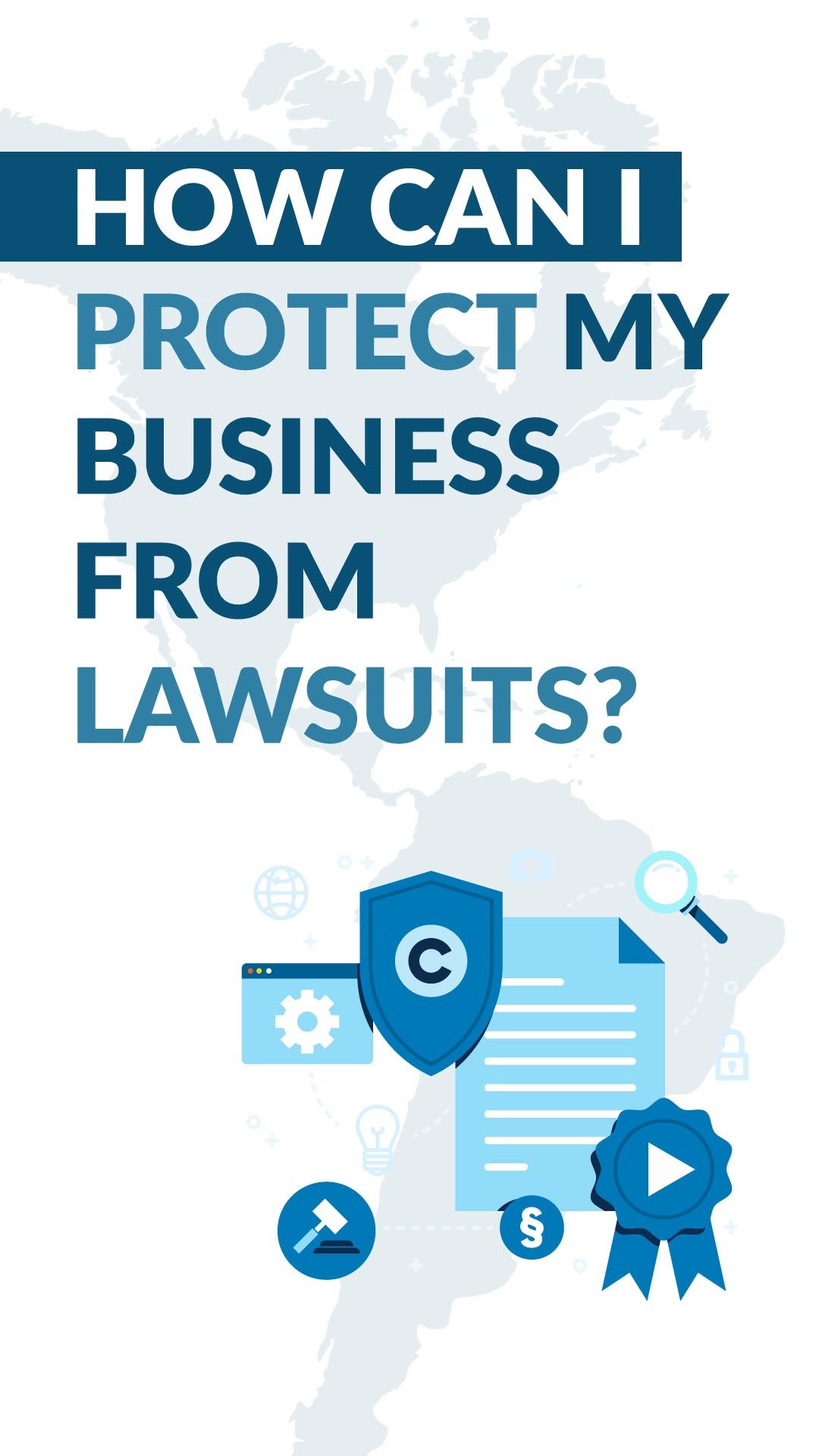

Since 2010, the Global Law Experts annual awards have been celebrating excellence, innovation and performance across the legal communities from around the world.
posted 1 month ago
Building a successful business is an incredible journey—but what happens when it’s time to move on? Whether you dream of retiring, pursuing a new venture, or simply securing the legacy you’ve worked so hard to create, having a solid business exit plan is essential.
In Canada, over 1.2 million small and medium-sized enterprises (SMEs) drive our economy, with many owners planning to exit within the next decade. Yet, only a fraction are prepared to transition their business successfully. Planning ahead isn’t just a good idea—it’s a strategic necessity to maximize value, minimize stress, and ensure your company is ultimately transferable into a Buyers control.
What Is Business Exit Planning?
Business exit planning is the process of developing a strategic roadmap for transitioning out of business ownership, whether through a sale, merger, succession, or closure. This plan doesn’t just help you “cash out”—it guides you in optimizing your company’s value, minimizing tax implications, and providing a pathway to achieving a successful handover for stakeholders and employees which addresses transfer issues.
Why Is Business Exit Planning Important for Canadian Owners?
unplanned exit. Preparation for transition creates a contingency plan that helps avoid suboptimal deals and stress.
“Only 20–30% of private business transitions are successful, mostly due to a lack of preparation.”
Understanding Your Exit Options: Internal vs. External
Internal Exit Options
1. Intergenerational Transfer (Family Succession)
Keep your business in the family, passing ownership and control to children or relatives. While many owners hope for this, only a third successfully complete a family transition. Success requires honest conversations, clear succession planning, and making sure the next generation is ready and willing.
2. Management Buyout (MBO)
Sell all or part of your company to your existing management team, who know the business and can finance the purchase using company assets.
3. Employee Ownership (ESOP)
Transfer ownership to employees through an Employee Stock Ownership Plan, which allows your team to buy shares—typically financed through company earnings.
4. Sale to Partners
If you have business partners, a buy-sell agreement can let them purchase your share. This is often called a “friendly buyer” arrangement and works best with strong legal agreements in place.
External Exit Options
5. Sale to a Third Party
Sell your business to another company (ideally a strategic investor able to drive synergies post transition), a financial buyer, or a private equity group. This route often achieves the highest sale price and lets you negotiate terms—but requires careful preparation and a competitive process.
6. Initial Public Offering (IPO)
List your company on a stock exchange, selling shares to the public. While lucrative for some, it’s rare among private Canadian businesses due to size requirements or high growth velocity, complexity, cost, and regulatory requirements.
7. Orderly Liquidation
Shut down your company and sell the assets. This is usually a last resort but may make sense if the asset value exceeds the value implied by the business’s ongoing earning power. However, costs of liquidation are a key consideration in the wind-up option.
Hybrid/Partial Exit Options
8. Partial Sale of Ownership
Sell a portion of your business to bring in outside investors while retaining some control and ongoing involvement and equity participation.
9. Recapitalization or Refinance
Restructure your company’s finances with new debt or equity investment—providing partial liquidity, reducing personal risk (taking “chips off the table”), or funding growth. The owner can sell a minority or majority interest without a full exit.
10. Strategic Partnership or Alliance
Form a partnership or alliance, gaining new resources and support without a full exit. This can set the stage for a future sale while you retain some say in the business’s direction.
Each path has its own pros, cons, and tax implications—making professional advice essential.
DID YOU KNOW?
According to the Canadian Federation of Independent Business, the most common exit paths are:
Sale to an unrelated buyer (49%)
Sale to a family member (24%)
Sale to employees (23%)
5 Most Common Exit Planning Questions
1. When should I start exit planning for my business?
Start early! Ideally, 3–5 years before your intended exit. Early planning allows you to build value, minimize taxes, and adjust or pivot when the unexpected occurs.
2. What are the main steps in a business exit plan?
A) Build your advisory team: Financial, legal, tax, and valuation experts.
B) Define your exit goals: Personal, financial, and business priorities.
C) Get a business valuation: Know your worth and areas for improvement.
D) Select your exit option(s): Tailored to your unique situation.
E) Prepare the business: Streamline operations, build leadership, and resolve outstanding issues.
F) Execute your plan: With ongoing support and accountability.
3. What happens if I don’t have an exit plan?
Lack of a plan often means rushed decisions, lower sale prices, tax surprises, and chaos for your employees and customers. Half of Canadian owners are forced into suboptimal exits due to illness, burnout, or external events
4. Which exit option is best for me?
The best option depends on your goals: Do you want maximum cash, to keep the business in the family, or to reward employees? Your timeline, family dynamics, and financial needs all play a role. An advisor can help you weigh your choices.
5. What’s involved in valuing my business?
A professional valuation looks at your financial statements, growth prospects, industry benchmarks, and value drivers. This helps you understand what buyers may pay and where to focus improvements. It’s crucial to understand that the Terms of the transaction are just as important as the Price itself. For sellers, getting advice on the likely terms ahead of a transaction is essential to navigate the process confidently and make informed decisions.
Key Takeaways
Reflection: Have you considered what your life will look like after you exit your business? The right exit plan isn’t just about money…it’s about creating happiness, freedom, security, and an ongoing legacy you can be proud of!
Ready to Take Action?
Don’t leave your future to chance.
If you’re contemplating a transition or just want to know your options, Rizolve Partners is here to help. Our expert team specializes in helping Canadian business owners like you maximize value and ensure a smooth, stress-free exit.
Contact us today for a confidential exit planning assessment:
value@rizolve.ca | 416.840.5578
Final Thought
Business exit planning isn’t just about the end. It’s about setting your company—and yourself—up for the next great chapter. Start planning today and take control of your legacy and financial freedom.
Author


No results available
posted 11 hours ago
posted 11 hours ago
posted 3 days ago
posted 3 days ago
posted 4 days ago
posted 4 days ago
posted 4 days ago
posted 4 days ago
No results available
Find the right Legal Expert for your business
Global Law Experts is dedicated to providing exceptional legal services to clients around the world. With a vast network of highly skilled and experienced lawyers, we are committed to delivering innovative and tailored solutions to meet the diverse needs of our clients in various jurisdictions.

When your international business faces financial distress, quick action is key! 🔑 Negotiating with creditors, restructuring debt, and understanding insolvency laws can help regain stability. Global Law Experts is here to guide you through your options.
🌍Explore the details on our website.
🔗Link in bio
#GlobalLawExperts #CommercialLaw #BusinessLaw #LegalAdvice #BusinessGrowth #LegalTips #BusinessStrategy #LegalCompliance #Law #LegalKnowledge #LegalAwareness #Law101 #LegalEducation #IntellectualProperty

Running a business is hard enough — lawsuits shouldn’t make it harder. 🚫 Protect your business with the right legal strategies and expert tools from Global Law Experts. Let’s secure your future together! 💼
🌍Explore the details on our website.
➡️www.globallawexperts.com
#GlobalLawExperts #CommercialLaw #BusinessLaw #LegalAdvice #BusinessGrowth #LegalTips #BusinessStrategy #LegalCompliance #Law #LegalKnowledge #LegalAwareness #Law101 #LegalEducation #IntellectualProperty #Infringed #Ecommerce #LegalBranding

Using NRIC numbers as passwords or identity proof? That era is done. Strengthen your security with multi-factor authentication and biometrics—because your clients' trust depends on it.
#SingaporeLaw #DataPrivacy #CyberSecurity #PDPA #NRIC #MFA #StrongAuthentication #LegalCompliance #ClientTrust

Swiss law protects secured lenders—with precision. From real estate to IP and bank accounts, every asset counts—just as long as it’s defined, documented, and delivered.
#SwissLaw #SecurityInterest #Collateral #InternationalLending #SwissFinance #LegalCompliance #GlobalBusiness #AssetSecurity

Gold trading in Saudi Arabia isn’t just a business—it’s a lab test, a permit, and a legal tightrope. Want to succeed? Start with compliance, hallmarking, and permits—or risk losing it all.
#GoldTrading #SaudiLaw #PreciousMetals #BusinessSetup #LegalCompliance #GlobalBusiness #SaudiArabia #TradeRigour

Second citizenship isn’t permanent—especially if you break the rules. Know the risks and how to safeguard your status: be transparent, stay lawful, and honour all citizenship requirements.
#SecondCitizenship #CitizenshipRisks #DualNationality #Compliance #GlobalMobility #LegalAdvice #ImmigrationLaw

Send welcome message